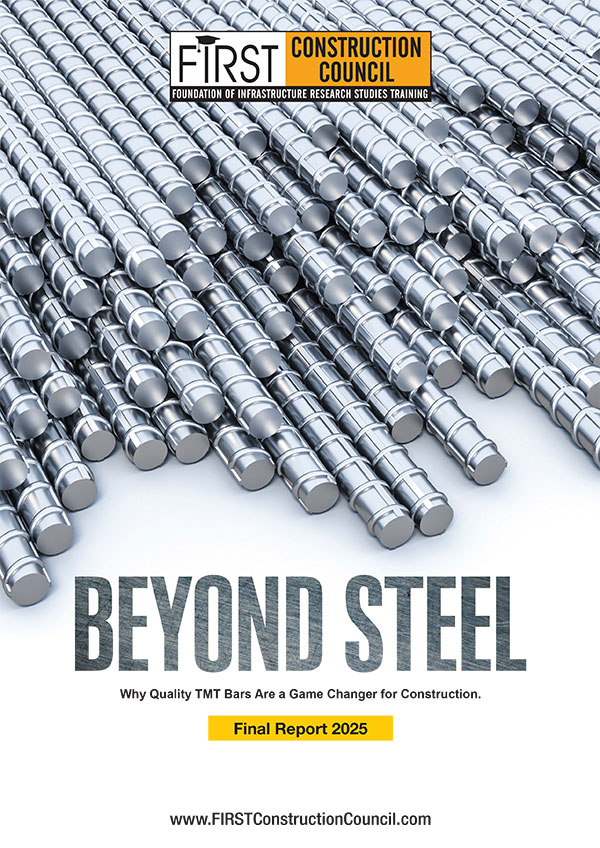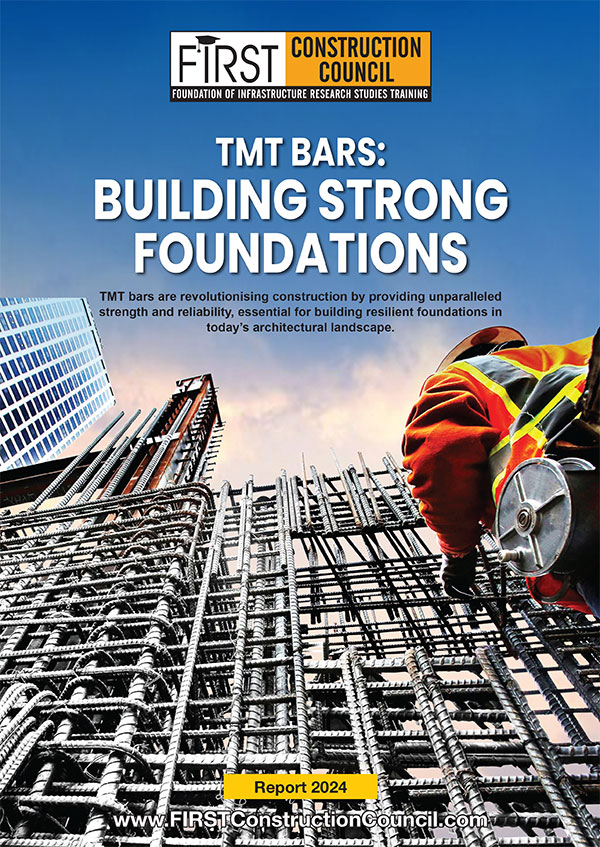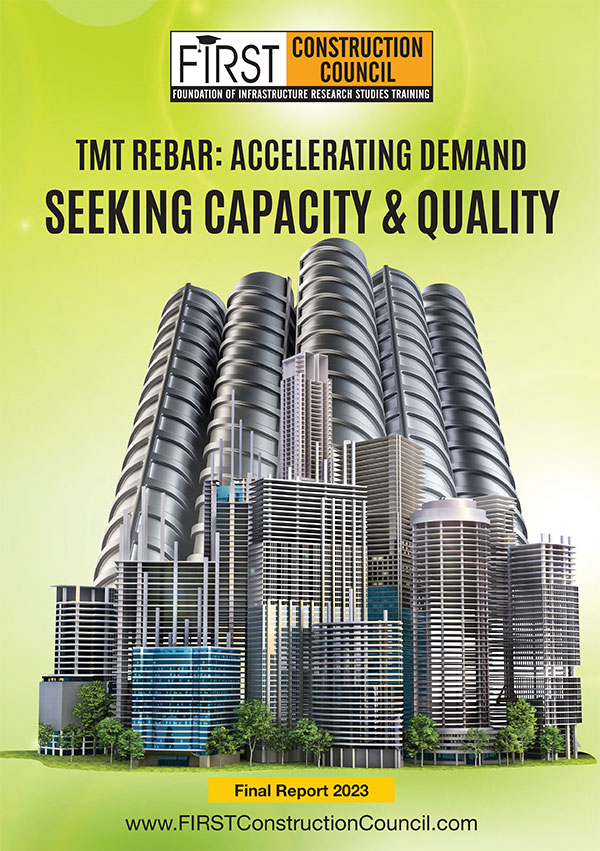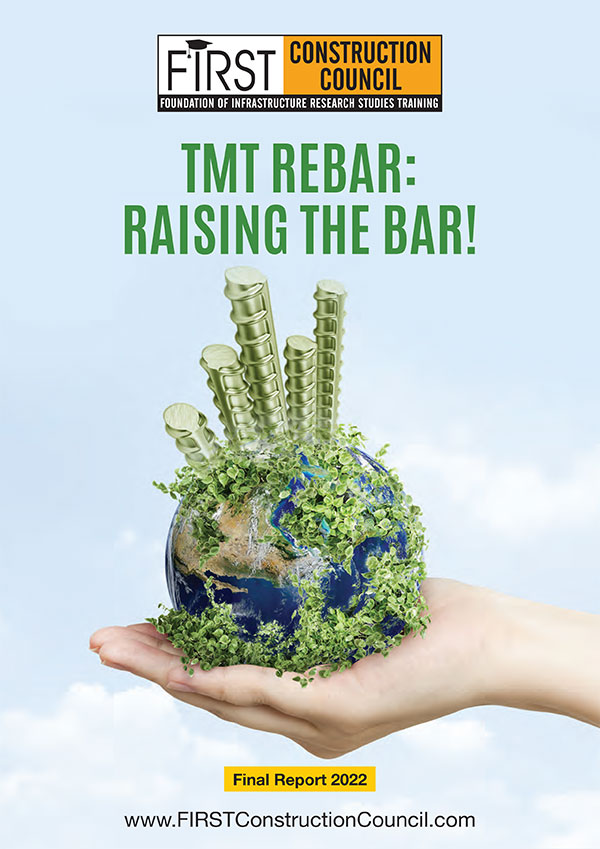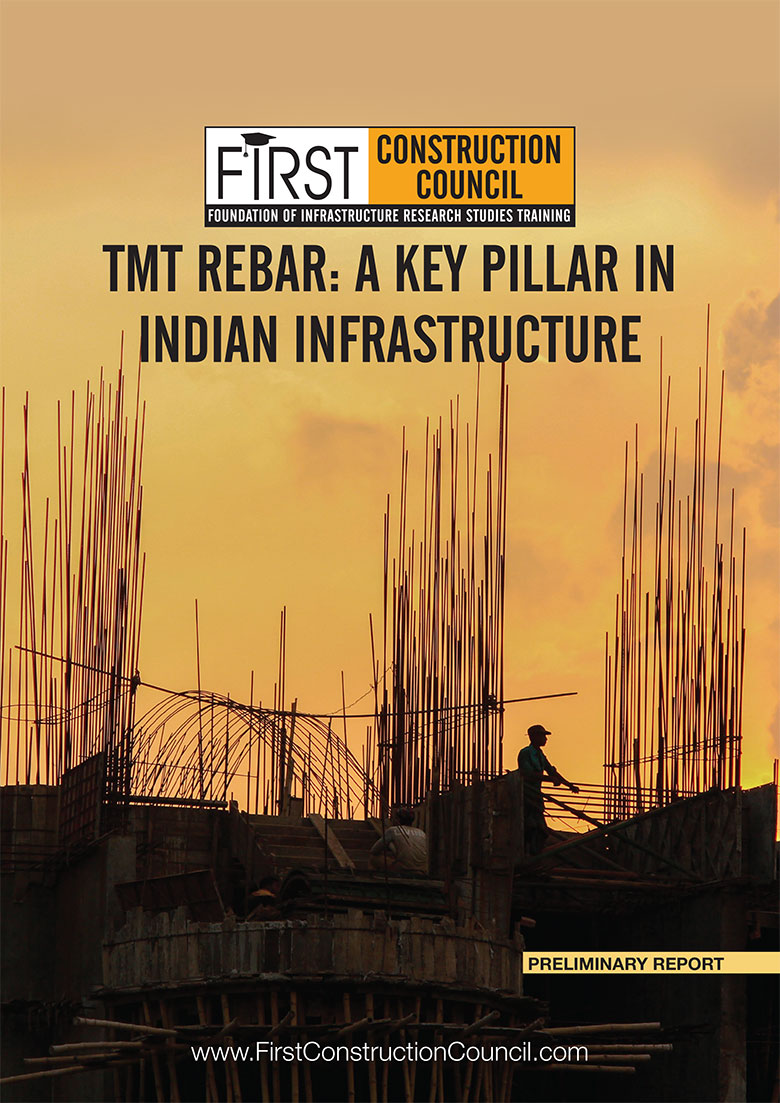The infrastructure sector is highly responsible for propelling India’s overall development and enjoys intense focus from Government for initiating policies that would ensure time-bound creation of world class infrastructure in the country. And when we are speaking about Infrastructure sector, it includes power, bridges, dams, roads, houses and urban infrastructure development. As Infrastructure improves the economic growth automatically enters the fast lane.
No wonder, the Indian Infrastructure story has been told and re-told with a great vigour every time. However, not much is spoken about the component that provides inherent strength to infrastructure. TMT Bars are still the most neglected segment where more research and analysis is required. With less awareness about the same, unorganised and poor quality secondary players enjoy larger market share.
Infrastructure provides strength to a Country and hence it is important to provide inherent strength to the infrastructure. In simple terms, if the base of any product is low quality, even the derivatives of those products will be low quality. What happens if you make exotic food decorated well with a one rotten ingredient? Will you buy a car which is painted beautifully but has a low quality material used for its body structure? The answer will be a Clear No!
As eventually one rotten ingredient will affect whole dish and even in the case of low quality materials structure would break down, damaging the beautified parts as well.
Just because something is not visible, doesn’t mean we can ignore that ingredient. In infrastructure as well, while a lot has been researched, written and spoken about raw materials like Cement, paints, stones, other accessories etc. (All materials visible to eye after completion of project), there is hardly any research available on Reinforcement Bars (ReBars) also known as thermo-mechanically-treated (TMT) bars.
Rebars form the backbone of any construction, be it the foundation, column, beam or the slab in any RCC structure. The quality of ReBar used in any structure is critical to the overall quality of the structure. Here we would like to ask a simple question, are we really caring about the quality of RE- bar in infrastructure. We have seen awareness being created for pesticides found in various aerated drinks and ill effects of the same. Even Government has taken due care about mentioning a few warnings being printed on the products causing health hazards. We are much more cautious about the kind of food we have. Campaigns are carried to create awareness about organic food and making everyone understand how the higher Chemical contents in fertilizers used for agriculture produce. Even in case of menace of spurious or counterfeit drugs stringent norms are being set by Indian legislation.
Building an own house is a dream of almost everyone. However, when we build a house or in case of purchasing an apartment, how many of us actually enquire about the quality of TMT Rebar is being used for building? If we are that careless about our own house, not many would be interested in knowing what kind of TMT Rebar is being used to build the public infrastructure. In the recent past we have seen many natural calamities in India like floods and earthquakes. Amid such events, the quality of TMT Bars gains more prominence in an era where built infrastructure has to be created in a short span of time, with the ability to sustain loads much higher than originally intended.
With not much research available regarding how to evaluate the TMT Bar, (Especially in a Scenario where secondary players with low quality enjoy majority market share in India) - We at First Construction Council after a detailed analysis, have listed down the best of the candidates that would help end users take an informed decision.

